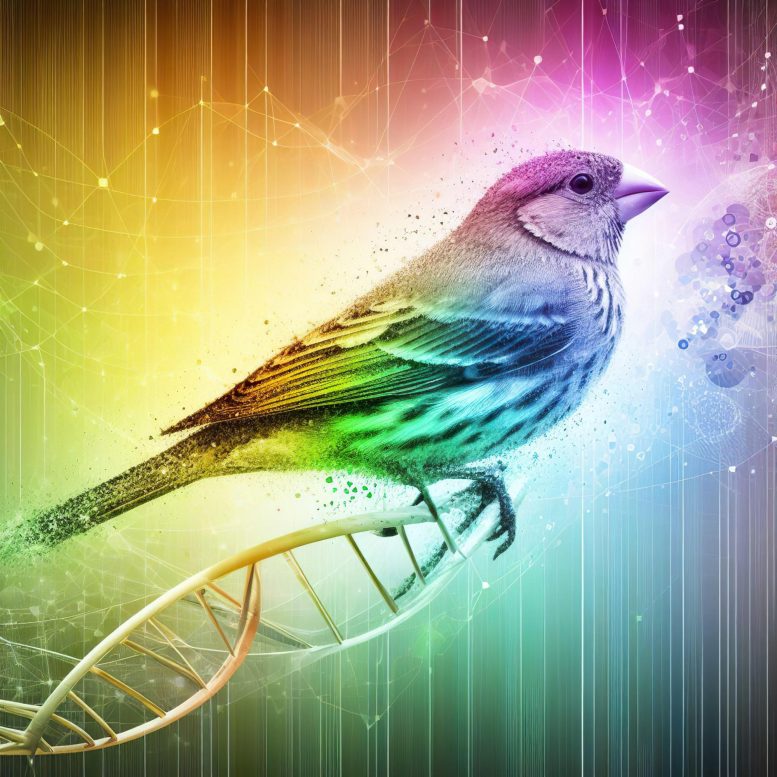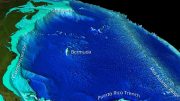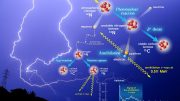
A nearly 20-year study on Darwin’s finches by McGill University has revealed that specific beak traits linked to different food types increase the birds’ lifespan, supporting the theory of adaptive radiation. The findings suggest that these finches are still evolving to better adapt to their environments.
Employing data from four species of Darwin’s finches on the Galápagos Islands, a team headed by McGill University has validated a long-held theory that the diversity of species arises from adaptation to various resources.
Evolutionary biologists have traditionally believed that the transformation of a single species into several distinct species, known as “adaptive radiation,” occurs as each species adapts to a unique environment. However, conducting formal examinations of this theory has been challenging because it’s hard to definitively determine how the characteristics of species are connected to their evolutionary success, especially for a group of species that have recently branched off from a shared ancestor.
Study on Darwin’s Finches
A global team of biologists led by McGill University has compiled nearly two decades of field data – representing the study of more than 3,400 Darwin’s finches in the Galápagos Islands – to identify the relationship between beak traits and the longevity of individual finches from four different species.
Recently selected as the Editor’s Choice article for the December issue of Evolution, the study used data from four species, which all evolved from a single common ancestor less than 1 million years ago. The researchers constructed a detailed “fitness landscape” to predict the likelihood of an individual’s longevity in relation to their beak traits. They found that finches with the beak traits typical of each species lived the longest, whereas those that deviated from the typical traits had lower survival. In short, the traits of each species correspond to fitness peaks that can be likened to mountains on a topographic map separated from other mountains by valleys of lower fitness.
Evolutionary Insights and Future Directions
“Biological species are diverse in their shape and functions mainly because individual traits, such as beaks, are selected by the environment in which the species are found,” said lead author Marc-Olivier Beausoleil, a doctoral researcher at McGill University supervised by Professor Rowan Barrett.
As a result, “the diversity of life is a product of the radiation of species to specialize on different environments; in the case of Darwin’s finches, those environments are different food types” adds Professor Andrew Hendry, who has been a part of the project for more than 20 years.
Perhaps surprisingly, the researchers also found that the different species of finches studied have not reached the top of their fitness ‘mountain,’ suggesting that each species is not perfectly adapted to their food. Whether such “perfection” will ultimately evolve remains to be seen.
Reference: “The fitness landscape of a community of Darwin’s finches” by Marc-Olivier Beausoleil, Paola Lorena Carrión, Jeffrey Podos, Carlos Camacho, Julio Rabadán-González, Roxanne Richard, Kristen Lalla, Joost A M Raeymaekers, Sarah A Knutie, Luis F De León, Jaime A Chaves, Dale H Clayton, Jennifer A H Koop, Diana M T Sharpe, Kiyoko M Gotanda, Sarah K Huber, Rowan D H Barrett and Andrew P Hendry, 2 December 2023, Evolution.
DOI: 10.1093/evolut/qpad160









Be the first to comment on "How Does One Species Become Many? Scientists Have Confirmed Darwin’s Hypothesis"